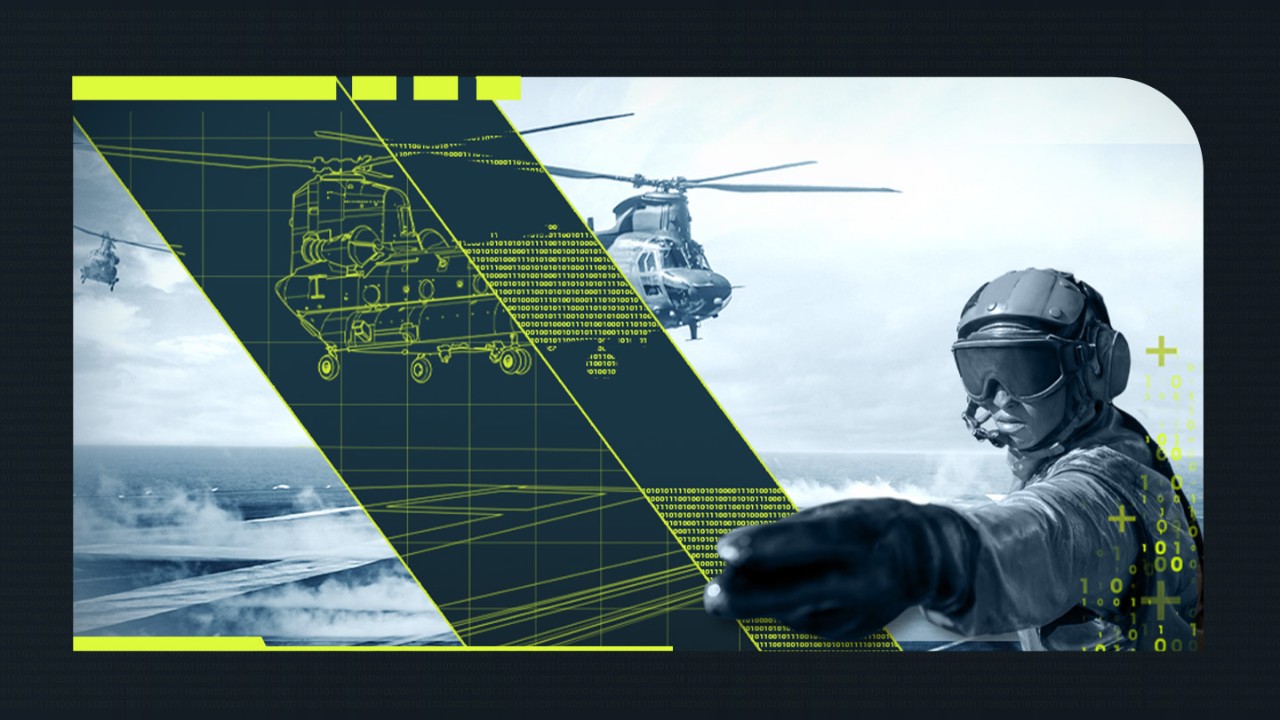
As information technology evolves and as an increasing amount of information traverses networks and is processed by machines and human users, understanding the pathways that make up the information environment and deriving context and meaning from the operational environment are becoming increasingly important to the future of military operations. Operating deliberately in the information environment and integrating information-related capabilities across domains may be the keys to gaining advantage in competition and conflict.
Furthermore, U.S. Air Force doctrine recognizes the importance of strategies intended to influence adversaries and other actors, that plans and orders should be designed with information-related capabilities in mind, that operations should incorporate both kinetic and non-kinetic effects to achieve objectives, and that strategies should be integrated, coordinated, and synchronized. Doctrine does not, however, provide explicit guidance on how to integrate non-kinetic capabilities or how to achieve scale to meet operational objectives in a global information environment in competition and conflict.
The authors of this RAND report used multiple methods — including examining doctrine and historical events, interviewing subject-matter experts, and conducting a tabletop exercise — to analyze and address how the Department of the Air Force can develop, employ, and integrate non-kinetic capabilities in competition and conflict.
Key Findings
- In World War II, Operation Fortitude, a large-scale integrated information operation (IO), required less than 1 percent of the Normandy invasion troops to successfully plan, deliver effects, and achieve multiple objectives across two different geographic areas.
- To plan and carry out a large-scale and integrated IO, such as Fortitude and Glowing Symphony (a modern IO targeting the Islamic State of Iraq and the Levant), in competition and conflict, the Air Force needs clear objectives for the operational information environment.
- Commanders are not likely to employ both kinetic and non-kinetic integrated capabilities and attempt to deliver converged effects because there is no standard method of characterizing risk in such concepts of operations (CONOPS).
- The Air Force’s staffing levels in information warfare–related roles are under 1 percent of the total force and are likely not sufficient for global operations in the information environment.
- Automated command and control and artificial intelligence technologies may help address gaps in staffing by enabling integration, planning, and execution of operations in the information environment.
Recommendations
- Prescribe a clear path for plan tasking, CONOPS development, and execution of operations in the information environment in the competition phase.
- Develop a set of standard tactics, techniques, and procedures (TTPs) for integrating non-kinetic capabilities together and with kinetic capabilities.
- Increase interaction between the kinetic and non-kinetic capability communities to increase familiarity with integration.
- Expand existing integration-focused training to all airmen who are responsible for planning and executing operations across domains and capabilities.
- Provide frequent and integrated training at dedicated exercise locations that allow realistic use of non-kinetic capabilities, such as cyber and electronic warfare.
- Provide additional training for leaders on non-kinetic authorities and how to gain access to non-kinetic capabilities and related resources.
- Develop a remote delivery option for training to increase the number of airmen and other personnel familiar with non-kinetic capabilities, CONOPS, and integration TTPs.
- Invest in research and technology that enable large-scale integration in the information environment, including automation, artificial intelligence, and machine learning.
- Identify champions at the squadron, group, and wing levels to be responsible for integration.
- Increase the number of information warfare airmen in the Air Force to address shortfalls after automating integration and scaling processes. These airmen should be qualified in integrating and employing non-kinetic capabilities.
- Invest in technology at the Playas Training and Research Center and other facilities, wherever possible, to increase the realism of training for operating in the information environment.
– Jair Aguirre, Jonathan Fujiwara, Kristin Warren, Eddie López III, Sarah Lovell, Quentin E. Hodgson, Nicholas Johnson, Jonathan Roberts, Published courtesy of RAND.

